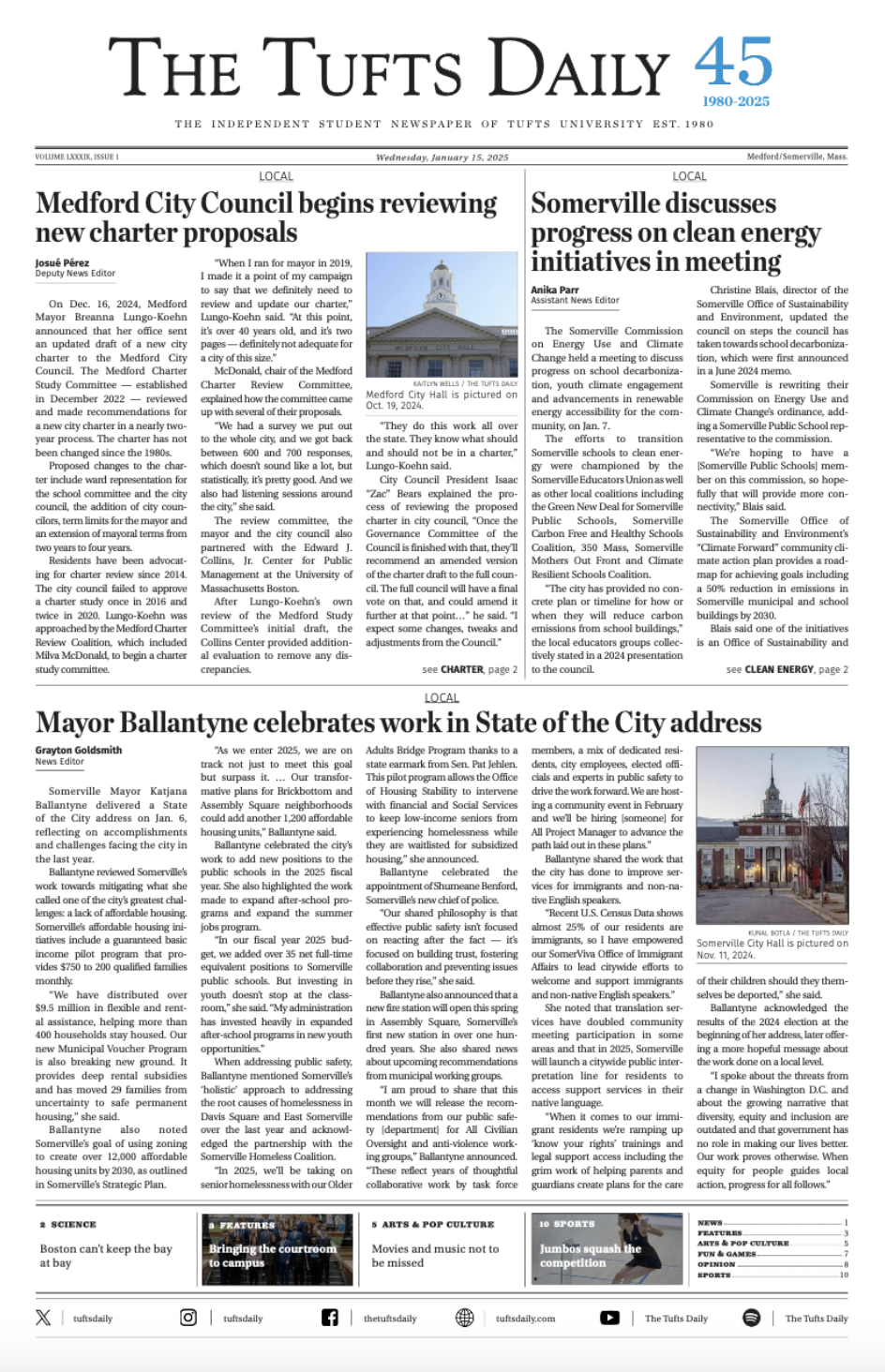Both the 2024 Paris Olympics U.S. men’s and women’s gymnastics teams were two of the most successful in recent history. The teams were chosen using completely different methods. This year, the men's team was selected through a new pre-defined algorithm solely utilizing scores from the U.S. National Championships and Olympic Trials, while the women’s team was selected by a discretionary committee based on performances throughout the whole competition season. Which is the better method?
The men’s selection strategy was controversial because it resulted in Worcester, Mass. native and pommel horse specialist Stephen Nedoroscik being named to the team. As a specialist, Nedoroscik only competes in one of the six events. On a five person team, that meant there would only be four team members to choose from for the five other events. Nedoroscik also does not have a strong history of consistency. The team the algorithm selected was a much riskier team than the U.S. would have traditionally sent. But, there is no doubt that this team selection paid off in a big way.
For the first time since 2008, the United States won a medal in the team competition. Countless Americans watched the “pommel horse guy” concentrating on the side as NBC displayed a countdown clock until he would compete. Nedoroscik became an unlikely hero after nailing his routine to secure a team medal for the U.S. He was also the only American to pick up an individual medal with a third-place finish in the pommel horse event finals. Following these Olympics, gyms around the country couldn’t keep up with the demand for boys who wanted to start gymnastics.
At the opposite end of the spectrum, the women performed selection by committee. With the exception of the top finisher at Olympic Trials, who would automatically make the team, the remaining four members were picked based on their performance at domestic and international elite competitions from September 2023 through the Olympic Trials. The committee considered overall scores, along with difficulty ratings, how hard the routines are, and execution, how well the athlete does the routines. Notably, the committee also considered consistency, defined as a percentage of “hit” routines, and composite strength. With three of the top contenders suffering season-ending injuries at Olympic Trials, the women’s team selection this year proved to be very clear cut from the remaining athletes, but usually there is at least one top performer left disappointed.
There are benefits and drawbacks to each method. An algorithm is most of all objective. There is no room for personal bias or favoritism. It is clear to the athletes exactly what they need to do to make the team, and it also shows who can hit under pressure. But, humans are not computers. An algorithm leaves no room for evaluating non-score factors. It doesn’t take into account injury status nor does it ensure “back-up” plans. A selection committee can take into account all these other factors, allowing for what some consider a more well-rounded evaluation. But, it consolidates power into a small group and gives them the power to make subjective decisions. An athlete can “do everything right” and still not make the team.
Personally, I’m in favor of using an algorithm. For all its downsides, an algorithm removes power from the hands of only a few people. Ultimately, an algorithm improves transparency and leaves opportunity solely to the performance of the athletes.





